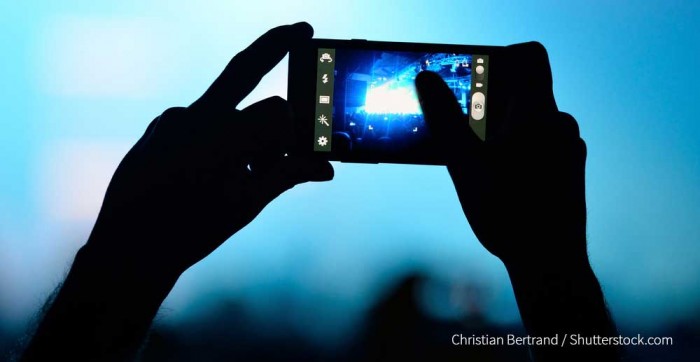Blog Insights
Social Media – Part 4: A Force for Good and Evil, and a Powerful Force for Change

Social media has become a formidable force for change. It allows ordinary people to disseminate information to millions. It takes away intermediaries’ ability to control what types of information are allowable and not allowable. And it increases transparency around information, giving broader reach to critical content that may not have been so easily accessed before the onset of the digital revolution.
Twitter campaigns have become an increasingly common way for political leaders, intergovernmental organizations, and diplomats to bring attention to specific topics. This brand of “hashtag diplomacy” happens when a specific hashtag like “#stopjosephkony” spotlights a particular social or political issue and drives public discourse around that issue. With over 316 million active users on Twitter as of 2015, tweets carrying a specific hashtag are able to reach an incredibly broad range of people. They bring deeper awareness to stories that take place in less media heavy regions of the world, and they offer a global stage for topics that may have otherwise remained unknown. Joseph Kony’s “Lord’s Resistance Army” largely operated in the under-developed areas of northern Uganda, the Democratic Republic of Congo, and South Sudan.
Last week’s attacks on Paris are yet another striking reminder of our “new normal” and the ever-apparent role that technology giants like Facebook and Twitter play. These channels have become “the command and control networks of choice” for terrorists and criminals, allowing terrorists to plan, recruit, publicize upcoming events, and revel in what they see as successes. Social media does not change the basic tenants of propaganda, but it dramatically changes who can create propaganda, how it is disseminated, whom it reaches, and how it can be countered.
A March 2015 study by the Brookings Institution shows that ISIS and their sympathizers deployed an estimated 46,000 Twitter accounts, mostly from Syria and Iraq, from October to November of last year. About 20% of those accounts tweeted in English, while a further 73% tweeted in Arabic. None of the Islamic State’s social media tactics are new, yet their savvy demonstrates how social media can be used for harm instead of good. Their consistency in using these channels was the focus of a Senate hearing in October, during which FBI Director James Comey stated: “Our nation’s battle against terrorism has undergone a paradigm shift largely because of the way that the Islamic State of Iraq and Syria (ISIS) and other terrorist groups are leveraging social media.”
Yet on the flip side, the same websites that have been used as propaganda channels and tools for the dissemination of evil have also become a vital source of information about whether someone is safe or accounted for in the aftermath of an attack. In a recent post I published last spring, I talked about how “Google Person Finder” helped affected citizens tell loved ones that they were safe in the aftermath of the Japanese tsunami. Twitter and Facebook have launched similar mechanisms – with Facebook’s “Safety Check” serving as a lifeline of information during the Paris attacks.
Safety Check allows users on Facebook to tell loved ones that they’re okay, while simultaneously checking to see if other friends are safe, too. To figure out your location, the feature looks at several data points, including your profile data, your last location (if you let Facebook see that information), and the city from where you’re connected to the Internet. Unlike a normal Facebook update, using Safety Check will instantly blast your status to your friends in the form of a notification. And it allows users to hear about blood drives and other charities that will be used to help those affected in a particular region.
And the power of social media goes well beyond the immediacy of using these channels to check in on loved ones. One of its strongest features is that it provides an environment and medium for people to express themselves independently as well as find community in times when a strong sense of solidarity is needed most.
Social media accelerates progress – both good and evil – across the globe. While historically used to share photos and reconnect with dear friends and old flames, these platforms have quickly become one of the greatest forces for social change throughout the world. With the novelty largely dissolved, what’s left is a common understanding that social media offers the world something truly valuable, and, at times, dangerous. It distills complex topics into shareable information that can be discussed in simplified ways. It creates feedback loops where two-way dialogue and personal stories humanize issues and generate more engagement. Finally, it offers widespread reach that augments traditional media sources, with television, print, and social media reinforcing each other and creating even broader distribution channels. In other words, its capabilities are much too large for any person or organization to ignore.